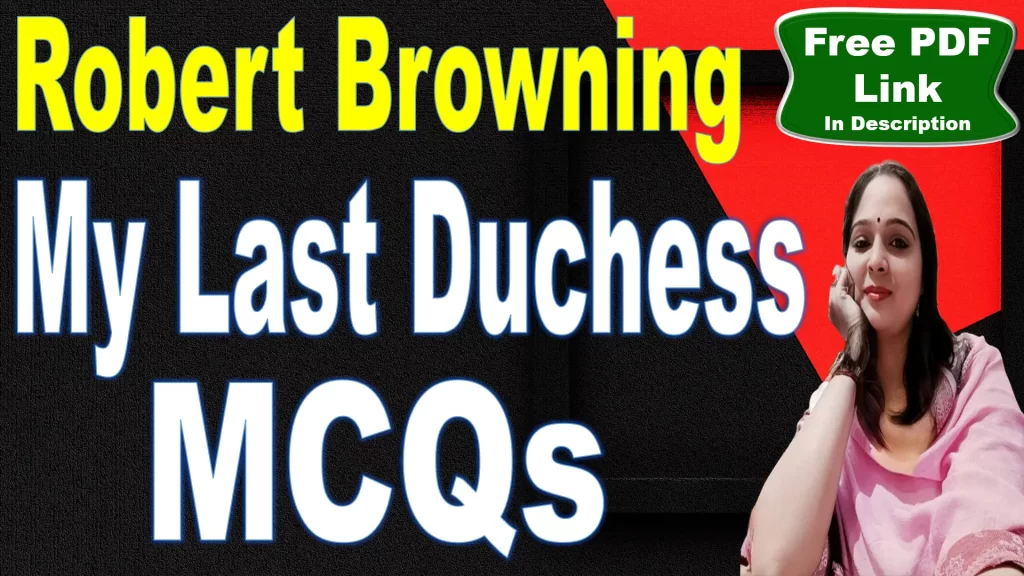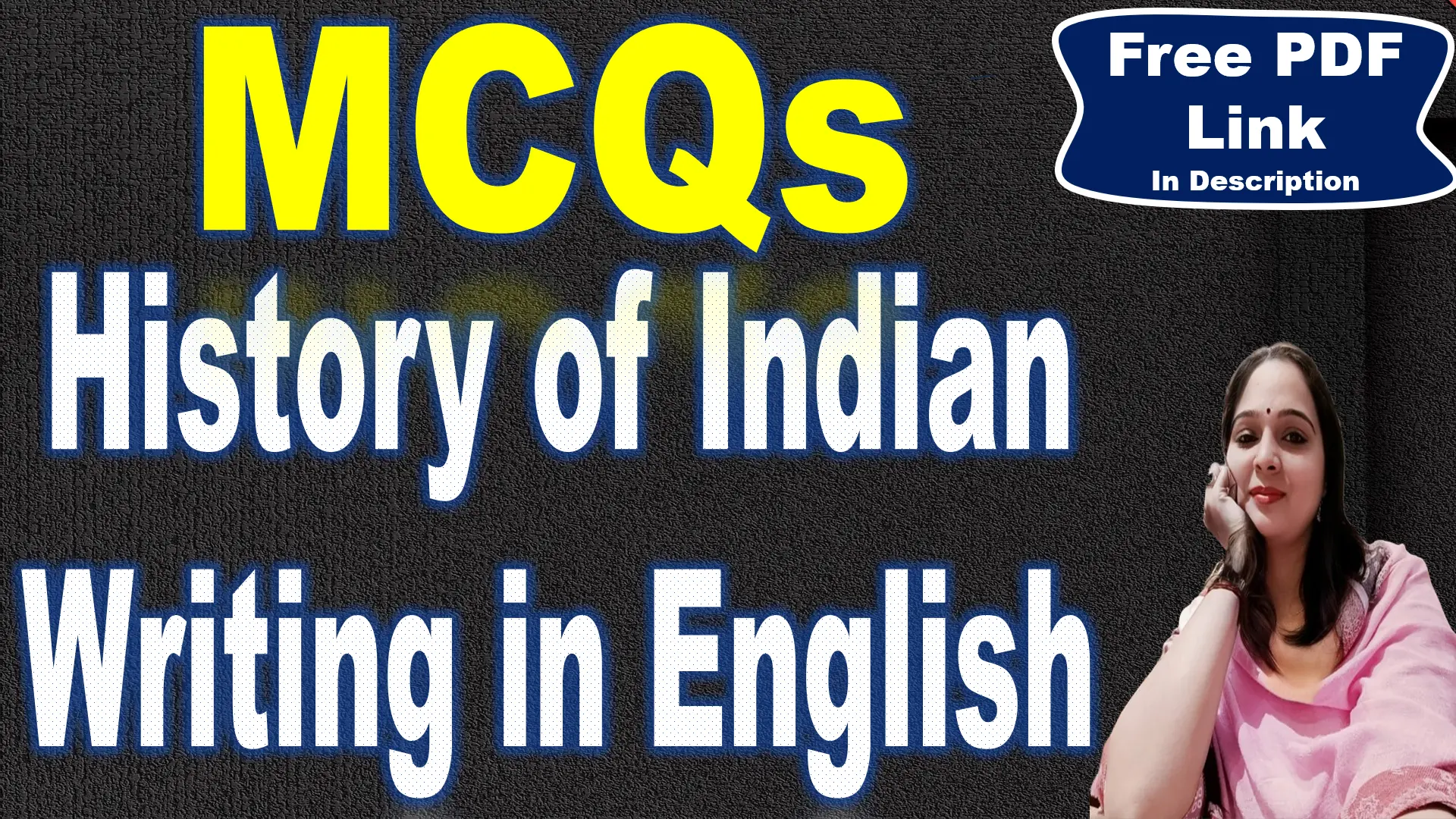
21. How does the Duke describe the Duchess’s attitude toward gifts?
A. She treasured the Duke’s gifts above all.
B. She valued all gifts equally.
C. She rejected material gifts.
D. She was indifferent to gifts.
Answer: B. She valued all gifts equally
Explanation: The Duke criticizes the Duchess for treating all gifts with the same appreciation, regardless of their significance. He feels slighted because her joy is not reserved exclusively for his gifts, symbolizing his deep need for validation and superiority. This lack of differentiation is a source of his frustration, as he wants to be the sole object of her affection and admiration.
22. What tone does the Duke adopt when speaking about the Duchess?
A. Nostalgic and loving
B. Jealous and critical
C. Forgiving and understanding
D. Indifferent and neutral
Answer: B. Jealous and critical
Explanation: The Duke speaks with a tone of jealousy and criticism when describing the Duchess. He resents her cheerful nature and her interactions with others, perceiving them as signs of disrespect. His tone is cold and dismissive, as he feels that she failed to honor his status as her husband and treat him with the exclusive reverence he believes he deserves.
23. What does the phrase “too soon made glad, too easily impressed” suggest about the Duchess?
A. She was carefree and innocent.
B. She was disloyal to the Duke.
C. She was deeply thoughtful.
D. She was indifferent to beauty.
Answer: A. She was carefree and innocent
Explanation: The phrase suggests that the Duchess was innocent and unguarded, easily finding joy in simple things like nature, people, and compliments. To the Duke, this is a flaw because he believes she should have reserved her joy and attention for him alone, viewing her warmth and openness as a lack of discernment or respect for his superior status.\
24. Why does the Duke mention the Count’s daughter in the poem?
A. To highlight her beauty
B. To secure a new marriage proposal
C. To criticize her personality
D. To express his love for her
Answer: B. To secure a new marriage proposal
Explanation: The Duke mentions the Count’s daughter as part of a subtle negotiation for a new marriage arrangement. He uses the opportunity to demonstrate his wealth, power, and control, attempting to impress upon the emissary that he is a man of importance and that any potential marriage must reflect his superior status. The Duke seems to view the arrangement as transactional, much like his marriage to the Duchess.
25. Which historical period is reflected in My Last Duchess?
A. Renaissance
B. Victorian
C. Romantic
D. Medieval
Answer: A. Renaissance
Explanation: The poem reflects the values and context of the Renaissance period, particularly in its focus on art, power, and social status. The Duke’s obsession with lineage, wealth, and controlling his image mirrors the aristocratic values prevalent during the Renaissance, a time when power dynamics within noble families were central to social life.
26. How does the poem My Last Duchess end?
A. With the Duke reminiscing about the Duchess
B. With the Duke inviting the listener to see a statue
C. With the Duke expressing regret
D. With the Duke apologizing for his actions
Answer: B. With the Duke inviting the listener to see a statue
Explanation: The poem ends with the Duke showing the emissary a statue of Neptune taming a sea-horse, symbolizing his continued obsession with control and dominance. The shift from discussing his late wife to displaying a work of art demonstrates the Duke’s ongoing need for material validation and reinforces the idea that his power over people and objects is what truly matters to him.
27. Which artistic creation does the Duke mention besides the Duchess’s portrait?
A. A marble sculpture
B. A bronze statue of Neptune
C. A golden chalice
D. A tapestry
Answer: B. A bronze statue of Neptune
Explanation: The Duke mentions a bronze statue of Neptune taming a sea-horse, highlighting his love for art and his ability to control and manipulate both people and objects. The statue symbolizes his power and status, as he equates his ability to control the Duchess to the god Neptune’s taming of a wild sea creature.
28. What does the Duke’s attitude toward the portrait reveal about him?
A. He admires its artistic quality.
B. He sees it as a tool for control.
C. He regrets commissioning it.
D. He feels indifferent toward it.
Answer: B. He sees it as a tool for control
Explanation: The Duke’s attitude toward the portrait reveals his desire to control the memory and image of the Duchess. By controlling who sees the portrait and when, he maintains power over how she is remembered, reinforcing his possessive nature. The portrait becomes a symbol of his authority, as he uses it to assert dominance even over her posthumous legacy.
29. What is implied about the Duke’s role in the Duchess’s death?
A. He directly caused her death.
B. He was indifferent to her demise.
C. He had no involvement.
D. It is ambiguous and left to interpretation.
Answer: A. He directly caused her death
Explanation: The line “Then all smiles stopped together” implies that the Duke ordered the death of the Duchess. While he doesn’t explicitly state it, his calm and casual mention of her demise reveals his involvement in ending her life. This suggests the Duke’s extreme control over her, even beyond death, as he continues to manipulate her image.
30. What does the Duke’s interest in material possessions symbolize?
A. His love for luxury
B. His obsession with power and control
C. His cultural sophistication
D. His generosity
Answer: B. His obsession with power and control
Explanation: The Duke’s interest in material possessions, such as the portrait and the statue, symbolizes his obsession with power and control. He views people and objects as things to be owned and displayed, with his material wealth acting as a tool to assert his superiority. His ability to control these objects, including the Duchess’s image, reflects his need to dominate every aspect of his life.






Very interesting topic, regards for posting.